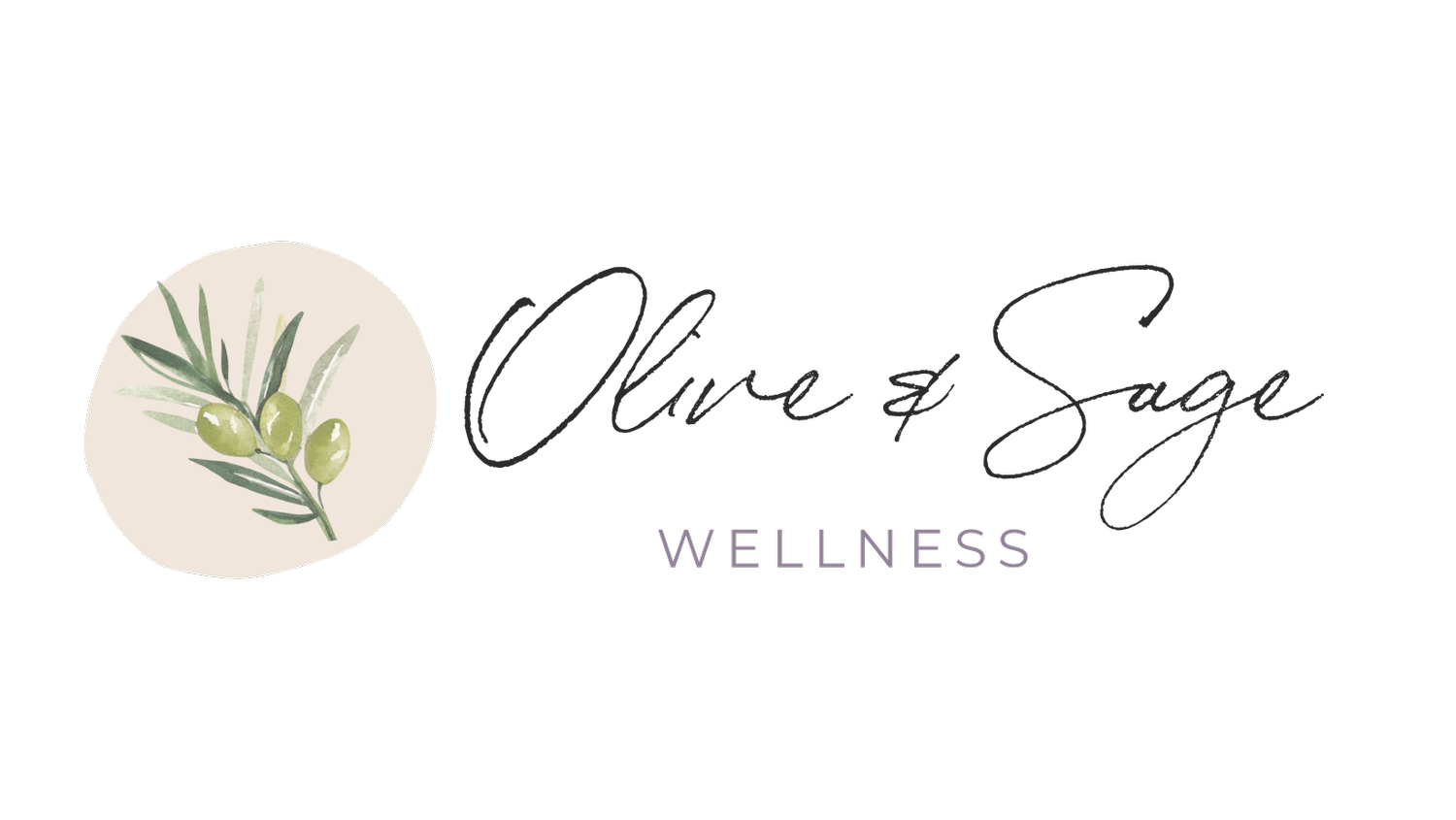Unveiling the Secrets of Vaginismus Recovery: What You’ve Been Missing
Essential Strategies and Insights for a Successful Healing Journey with Vaginismus
Before diving into the secret sauce of healing vaginismus, let’s first define what vaginismus is. Vaginismus is a condition where the muscles around the vagina tighten sharply in anticipation of vaginal penetration. It’s like a door slamming shut just as someone tries to push it open—not out of rejection, but as a subconscious protective reflex. Sometimes, this protective response is so effective that it can feel like the vaginal opening has disappeared entirely, like a magical barrier preventing entry in the first place.
As you can imagine, this experience can be incredibly distressing for the person with vaginismus and often for their partners as well. Some individuals with vaginismus really want to engage in sex, either alone or with a partner, and feel frustrated or even angry that their body isn’t cooperating. Others may be so disconnected from the idea of vaginal penetration that even routine gynecological exams can become a major challenge.
While there can be physical factors contributing to vaginismus, the most prominent factor is often psychological stress. Vaginismus can be understood as a fear of pain, but if you dig deeper, it’s often also a fear of the unknown or a fear of losing control.
With this in mind, mental health support is highly recommended for anyone struggling with painful or impossible penetration. In counseling sessions, a few key things need to happen. First and foremost, education is critical. This includes helping the client understand vaginismus, gaining better sexual education, learning about useful tools (like dilators), and exploring other professionals who can aid in the journey. It may also include discussions about how to talk to a partner, if relevant.
In my work with clients, these conversations are tailored to meet each person’s unique needs. However, one topic that is never skipped is a series of discussions around safety and control. I believe these two elements are essential to overcoming the challenges of vaginismus. Reclaiming safety and control can look like setting clear boundaries, engaging in open communication (with oneself or a partner), and moving slowly through treatment to build a sense of predictability and comfort.
Healing from vaginismus is a journey that requires understanding, patience, and a strong sense of safety and control. It's important to seek out professionals with specific training and experience in supporting those with vaginismus, so you can address both the physical and emotional aspects of the condition.
This can help you move toward a more empowered and fulfilling relationship with your body. If this post resonates with you and you're ready to take the next step, I’m here to help. Contact me today to schedule a free 15-minute consultation, and let’s begin your healing journey together.
